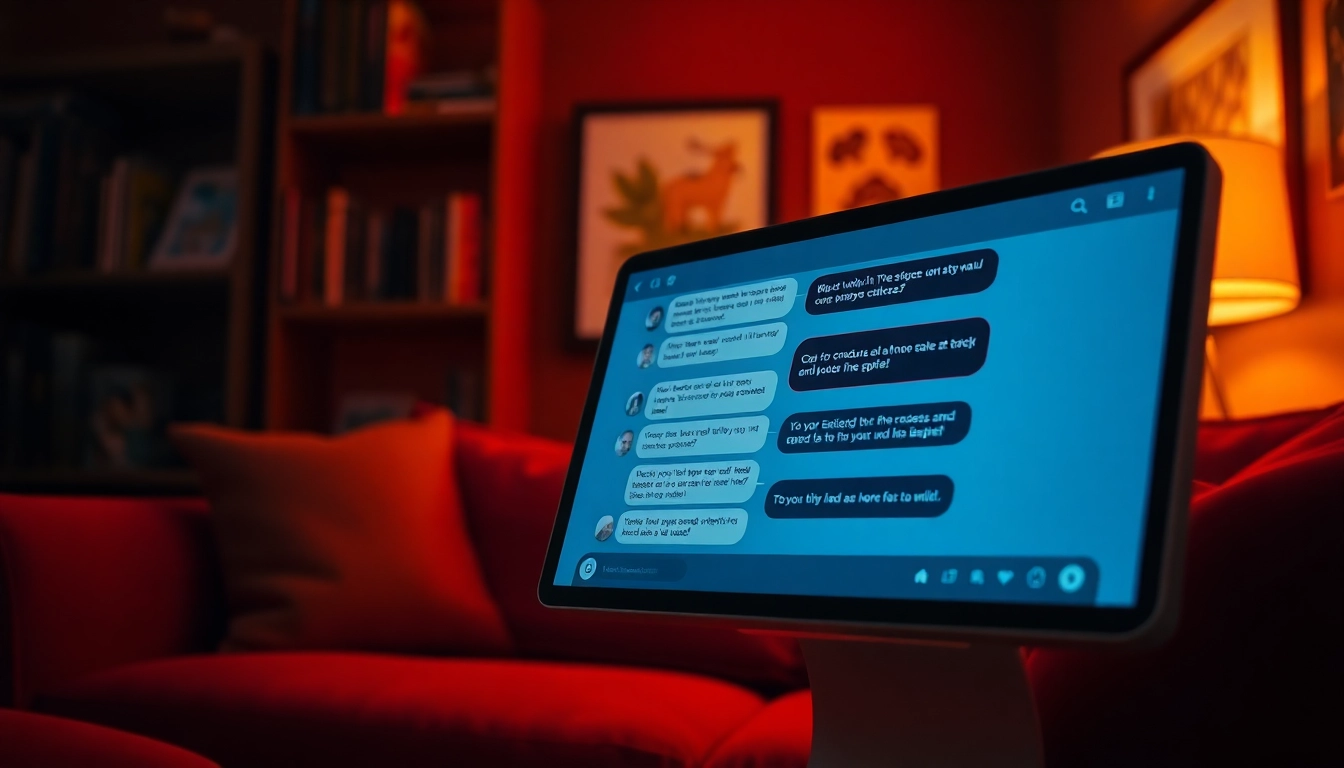Understanding the Concept of Relaxation
What Does It Mean to Relax?
Relaxation is the process of reducing tension and anxiety, allowing both the mind and body to find a state of peace. Scientifically, it is often described as a way to return the body to a baseline state after a period of heightened stress or exertion. The term ‘relax’ implies a letting go of physical or emotional tension, leading to a sense of comfort and ease. Engaging in relaxation can be a multi-faceted experience, encompassing various physical actions, mental shifts, and emotional responses.
The Importance of Relaxation in Daily Life
In our fast-paced lifestyles, the importance of relaxation cannot be overstated. Regular relaxation contributes significantly to both physical and mental health. It helps to mitigate the effects of stress, which has been linked to numerous health issues including heart disease, obesity, and depression. Understanding the physiological aspects of relaxation, such as reduced heart rate and muscle tension, can be beneficial. Additionally, relaxation techniques can enhance productivity and creativity, enabling individuals to perform better in both personal and professional settings.
Common Misconceptions About Relaxation
Despite its undeniable benefits, many people have misconceptions about relaxation. One prevalent myth is that relaxation is synonymous with inactivity or laziness. However, relaxation can take many forms, from active pursuits like yoga or tai chi to passive ones such as listening to music or meditating. Another misconception is that only certain people need to relax; in reality, everyone experiences stress and can benefit from relaxation techniques at various points in their lives.
Identifying Stressors that Hinder Relaxation
Recognizing Stress Triggers
Before one can effectively engage in relaxation practices, it’s crucial to identify the stressors that trigger feelings of anxiety or tension. Stress triggers can vary widely: for some, it may be work-related pressures or deadlines; for others, interpersonal relationships or financial concerns. Keeping a stress journal can be an effective way to recognize patterns in stress levels and identify specific triggers. Understanding these triggers provides insight into how best to approach relaxation techniques tailored to combat those specific stressors.
Impact of Work and Lifestyle on Relaxation
Work and lifestyle choices significantly influence one’s ability to relax. High-pressure jobs, irregular hours, and demanding responsibilities can lead to chronic stress, making it harder to unwind. Lifestyle habits, such as excessive screen time or caffeine consumption, can also interfere with relaxation. Recognizing the balance between work and personal life is vital. Implementing boundaries, such as “no work” times and engaging in hobbies or social activities, can create a more conducive environment for relaxation.
Understanding Mental Health and Relaxation
Your mental health plays a crucial role in your ability to relax. Conditions like anxiety and depression can create persistent tension, making relaxation feel elusive. Educating oneself about these conditions, including their symptoms and effects, can empower individuals to seek help when needed. Techniques such as therapy, mindfulness, and medication—where appropriate—can assist in creating a more balanced mental state, thereby enabling deeper relaxation.
Practical Techniques to Achieve Relaxation
Breathing Exercises for Immediate Calm
One of the quickest ways to induce relaxation is through focused breathing exercises. Techniques such as diaphragmatic breathing, where the focus is on deep, belly breaths, can instantly lower stress levels. Additionally, the 4-7-8 technique—inhale for four counts, hold for seven, and exhale for eight—can help calm the mind and body. Practicing these exercises regularly instills a sense of peace and alertness in daily life.
Incorporating Mindfulness and Meditation
Mindfulness and meditation are powerful tools that promote relaxation. Mindfulness involves being present and fully engaged in the current moment, without judgment. Techniques such as guided imagery, body scans, and mindful walking can enhance this experience. Meditative practices can improve focus, reduce anxiety, and create emotional resilience. Regular meditation, even for just a few minutes a day, can build a significant degree of relaxation over time.
Creative Outlets for Stress Relief
Engaging in creative activities can be an effective means of stress relief. Whether it’s painting, writing, music, or crafting, creative outlets allow for self-expression and leisure. They offer a mental break from daily stressors and encourage a flow state, where individuals lose track of time and stress. Experimenting with different forms of creativity can also be a pathway to discovering new passions and hobbies that foster relaxation.
Creating a Relaxation-Friendly Environment
Designing a Personal Relaxation Space
Creating a dedicated space for relaxation can enhance the ability to unwind. This space should be comfortable and free from distractions, boasting elements that promote calmness – such as soft lighting, comfortable seating, and minimal clutter. Incorporating personal touches, like tranquil artwork or plants, can enhance the ambiance. Such a space sends a signal to the mind that it is time to relax, creating a consistent environment for establishing relaxation habits.
Utilizing Nature for Relaxation
Nature is one of the best resources for relaxation. Studies have shown that spending time outdoors can lower stress levels and improve mood. Activities like hiking, gardening, or simply taking a walk in the park can ground individuals in the natural world, offering restorative benefits. Bringing nature indoors through houseplants or natural light can also create a serene environment that promotes a sense of peace.
Enhancing Ambiance with Sound and Smell
The senses play a crucial role in relaxation. Implementing soothing sounds—like soft music, nature sounds, or white noise—can help block distracting background noise and create a calming atmosphere. Similarly, scents like lavender, chamomile, or sandalwood can enhance relaxation. Utilizing essential oils in a diffuser or lit candles can provide a sensory experience that encourages tranquility and comfort.
Measuring the Benefits of Regular Relaxation
Short-Term vs. Long-Term Benefits
The benefits of relaxation can be immediate, such as reduced muscle tension and a decrease in anxiety levels. Over the long term, regular relaxation practices can lead to improved overall health, enhanced mental clarity, better sleep, and increased emotional resilience. Keeping track of personal progress, such as changes in mood or physical health, can provide motivation to maintain healthy relaxation habits.
Documenting Progress and Changes
To truly appreciate the impact of relaxation, documenting one’s experiences can be beneficial. Keeping a relaxation journal, where individuals note their feelings before and after relaxation techniques, can reveal patterns and insights into what works best for them. This documentation not only reflects progress but also helps reinforce the value of taking time for oneself.
Encouraging a Community of Relaxation
Engaging with others in relaxation practices can enhance motivation and provide accountability. Whether it’s joining a meditation group, participating in yoga classes, or simply practicing relaxation techniques with friends, community involvement can enrich the experience. Sharing tips and personal journeys can inspire individuals to continue prioritizing relaxation in their lives, fostering a culture that values mental and emotional well-being.



